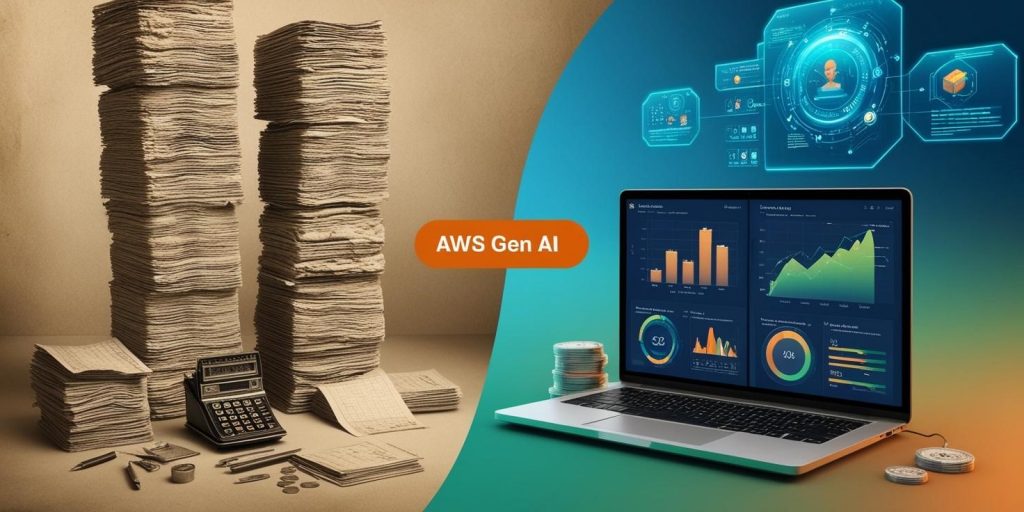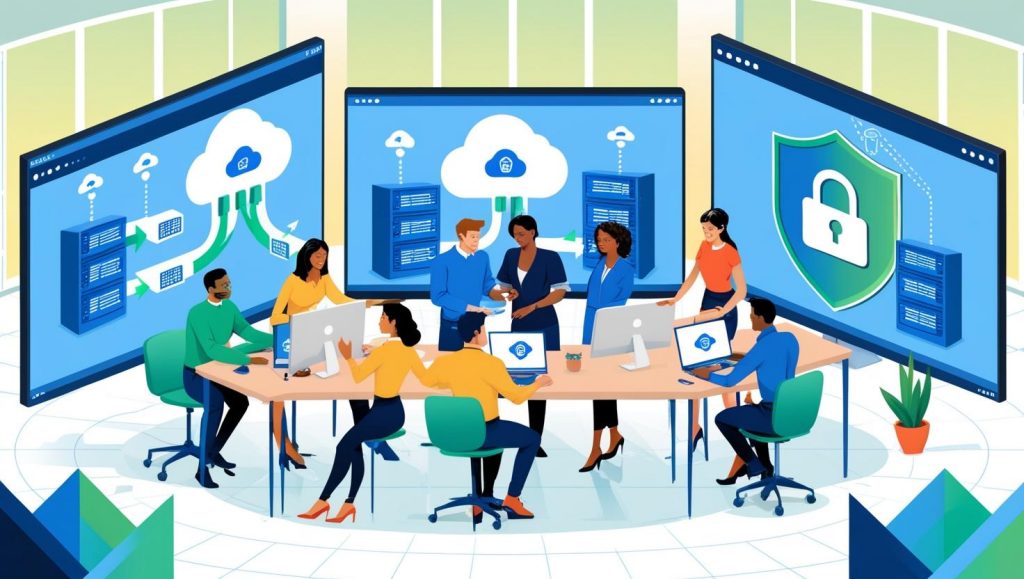As technology evolves rapidly, businesses relying on outdated IT systems face increasing challenges. Legacy systems, which once powered essential operations, can become bottlenecks, limiting performance, scalability, and security. Modernizing these systems is critical for companies aiming to stay competitive, innovate, and reduce operational costs.
This blog will explore the importance of Legacy System Modernization, including approaches such as Application Refactoring and Replatforming and Rehosting. We will also show examples of businesses that updated their old systems. This change led to better agility and less technical debt.
Why Legacy System Modernization Matters
Legacy systems are often deeply embedded in the operations of organizations. These systems may still perform core functions, but their limitations grow over time. Outdated infrastructure can lead to several problems:
- High Maintenance Costs: Older systems require more maintenance and are expensive to support.
- Security Risks: Legacy systems may lack modern security features, making them vulnerable to breaches.
- Limited Scalability: As businesses grow, legacy systems may struggle to keep up with increased demand.
- Inflexibility: Many legacy systems are not designed to integrate with modern applications, leading to inefficiencies.
To innovate, businesses must update their systems. This will improve performance and help them stay flexible in a competitive market.
Key Approaches to Legacy System Modernization
When considering modernization, businesses have several options based on their specific needs and goals. Here are the most common approaches:
1. Application Refactoring
Application refactoring involves restructuring the existing code of a legacy system without changing its external behavior. This process helps improve performance, make the system more maintainable, and allows it to work better in modern environments.
- Benefits of Application Refactoring:
- Improved performance and scalability.
- Easier integration with cloud-based services and applications.
- Reduced technical debt, making future updates easier.
Example: A financial services company refactored its legacy banking application to integrate with modern cloud services. This move not only improved performance but also allowed the company to offer new digital products to its customers.
2. Replat forming and Rehosting
Replat forming means moving an existing application to a new platform. This can include shifting from on-premise servers to the cloud. Rehosting, also known as “lift-and-shift,” involves moving the application to a new hosting environment. We make this with few changes.
- Benefits of Replat forming and Rehosting:
- Faster migration compared to full modernization.
- Reduced costs associated with maintaining physical infrastructure.
- Improved scalability by leveraging cloud platforms.
Example: An e-commerce company rehosted its legacy inventory management system from on-premise servers to the cloud. This transition allowed the company to scale its operations during peak seasons and reduced its operational costs.
Benefits of Legacy System Modernization
Businesses that embrace Legacy System Modernization experience numerous benefits that position them for future growth. Here’s a closer look at how modernizing outdated IT systems can transform an organization:
1. Enhanced Performance
Modern systems are faster and more efficient than outdated infrastructure. By modernizing, businesses can process data faster, reduce system downtime, and improve overall operational efficiency.
Case Study: A global manufacturing firm modernized its supply chain management system through Application Refactoring. This improvement led to a 40% reduction in processing time, enabling the company to meet customer demand faster.
2. Improved Security
Legacy systems often lack up-to-date security protocols, making them prime targets for cyberattacks. Modernizing these systems allows businesses to incorporate the latest security features, reducing the risk of breaches.
Case Study: A healthcare provider improved its patient management system. They upgraded security protocols to meet modern compliance standards, such as HIPAA. As a result, the company reduced the risk of data breaches and improved patient data protection.
3. Increased Scalability
As businesses grow, their systems must scale to handle increasing data, users, and transactions. Modern systems can manage bigger workloads and grow with businesses. This helps companies expand without facing performance problems.
A retail company moved its sales application to the cloud. This change helped it handle more traffic during high-volume sales events. The scalability of the cloud allowed the company to handle a 200% increase in online transactions without performance degradation.
4. Cost Savings
Maintaining legacy systems is expensive. Hardware and software updates, along with specialized support, can drive up costs. Updating to more efficient systems reduces the number of updates needed. It also lowers maintenance costs and removes the need for old hardware.
A telecommunications company moved its customer billing system to a cloud platform. This change led to a 30% cut in infrastructure costs. By eliminating the need for on-premise hardware, the company saved significantly on maintenance and energy expenses.
5. Better User Experience
Modern systems offer better interfaces and functionalities, improving the user experience for both employees and customers. A modernized system can deliver faster performance, intuitive interfaces, and seamless integration with other platforms.
An insurance company updated its claims processing system. This change allows customers to file claims using a new, easy-to-use web portal. This improvement led to a 25% increase in customer satisfaction scores.
Steps for a Successful Legacy System Modernization
Legacy System Modernization requires a structured approach to ensure success. Here are key steps to follow:
1. Assess the Current System
Start by evaluating the strengths and weaknesses of your legacy system. Identify areas where performance is lagging, security risks exist, or scalability is a concern.
2. Define Business Goals
Understand what you want to achieve with modernization. Whether it’s reducing costs, improving performance, or enhancing security, clearly define your goals to guide the process.
3. Choose the Right Approach
Decide whether to pursue Application Refactoring, Replatforming, or Rehosting based on your specific needs. For example, if you require a quick transition with minimal changes, Rehosting might be the best option.
4. Create a Modernization Roadmap
Develop a roadmap that outlines the steps for modernization, timelines, and key milestones. Having a clear plan ensures the project stays on track and meets your objectives.
5. Test and Validate
Before fully deploying the modernized system, test it thoroughly to ensure it works seamlessly. This step is crucial to avoid disruptions and ensure that all business operations continue smoothly after modernization.
Explore Our Cloud Services at a Glance
Connecting You to the Cloud Effortlessly!
Common Pitfalls to Avoid in Legacy System Modernization
While modernizing legacy systems brings numerous benefits, there are common mistakes that businesses should avoid:
- Lack of Clear Goals: If businesses do not have clear goals for modernization, they may invest in solutions that do not fit their needs.
- Underestimating Costs: Not considering hidden costs, like training staff or adding new technologies, can lead to budget problems.
- Inadequate Testing: Skipping or rushing testing can lead to disruptions in business operations after deployment.
Avoiding these pitfalls helps ensure a successful and cost-effective modernization project.
Conclusion
Legacy System Modernization is crucial for businesses looking to stay competitive in today’s fast-paced market. By modernizing outdated IT systems, companies can reduce operational costs, improve performance, and enhance security. Methods like Application Refactoring, Replatforming, and Rehosting provide flexibility for changing old systems. This lets businesses pick the option that fits their needs best.



